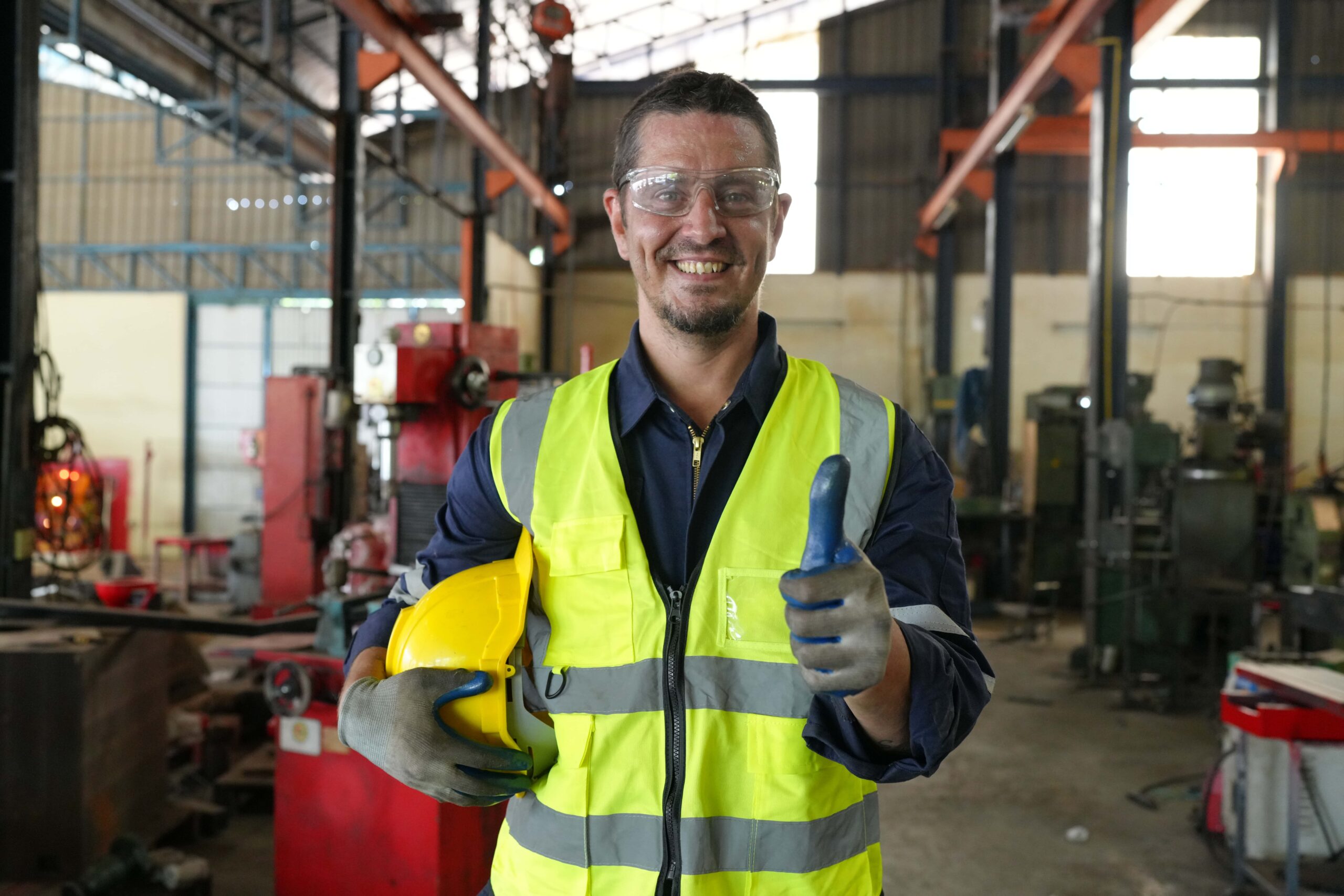As the digital revolution continues to transform the workplace, connected worker technologies are becoming increasingly prevalent. These technologies, such as FAT FINGER, a digital workflow procedure builder, are designed to empower front-line teams to perform their work correctly every time. This article explores the impact of these technologies on Worker autonomy and job satisfaction.
The Impact on Connected Worker Technologies on Worker Autonomy

One of the most significant impacts of connected worker technologies is the enhancement of Worker autonomy. These technologies provide workers with the tools and information they need to complete tasks independently, reducing the need for constant supervision.
- Access to Information: With connected worker technologies, workers have immediate access to all the information they need to perform their tasks. For example, FAT FINGER’s drag & drop workflow builder allows workers to easily create and follow detailed procedures.
- Decision-Making: These technologies also empower workers to make informed decisions. With real-time data and AI coaching, workers can identify and address issues promptly and independently.
- Flexibility: connected worker technologies often come with mobile capabilities, allowing workers to perform tasks from anywhere, thereby increasing their autonomy.
The Impact of Connected Worker Technologies on Job Satisfaction

Connected worker technologies also have a significant impact on job satisfaction. By providing workers with the tools and autonomy they need, these technologies can lead to increased job satisfaction.
- Efficiency: These technologies streamline workflows, reducing the time and effort required to complete tasks. This efficiency can lead to increased job satisfaction.
- Empowerment: By enhancing Worker autonomy, connected worker technologies can make workers feel more valued and empowered, leading to higher job satisfaction.
- Collaboration: These technologies facilitate communication and collaboration among workers, fostering a more positive and productive work environment.
Case Study: FAT FINGER
FAT FINGER is a prime example of a connected worker technology that enhances Worker autonomy and job satisfaction. With features like a drag & drop workflow builder, mobile & desktop workflows, dashboards, integrations, augmented reality, IoT device connectivity, and AI coaching, FAT FINGER empowers front-line teams to perform their work correctly every time.
For instance, FAT FINGER’s digital workflows and checklists can be used across various safety, maintenance, and operations areas, such as risk assessment, quality control, shift handover, work order checklist, and predictive maintenance. These features not only streamline workflows but also provide workers with the autonomy and tools they need to perform their tasks efficiently and effectively.
Conclusion
In conclusion, connected worker technologies like FAT FINGER have a significant impact on Worker autonomy and job satisfaction. By providing workers with the tools and information they need, these technologies enhance Worker autonomy, streamline workflows, foster collaboration, and ultimately lead to increased job satisfaction. As the digital revolution continues to transform the workplace, the importance of these technologies will only continue to grow.
If you’re interested in empowering your front-line teams with connected worker technologies, consider signing up for FAT FINGER or requesting a demo today.


